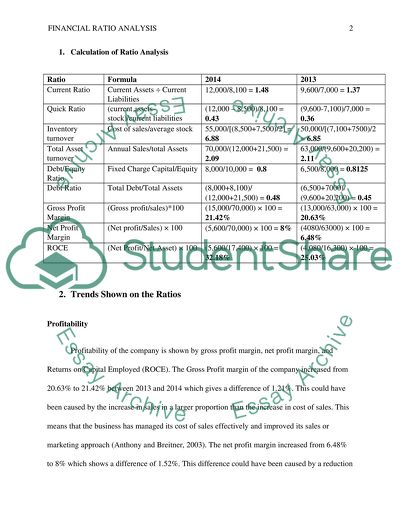Cite this document
(“Ratio analysis Coursework Example | Topics and Well Written Essays - 1500 words”, n.d.)
Retrieved from https://studentshare.org/finance-accounting/1695072-ratio-analysis
Retrieved from https://studentshare.org/finance-accounting/1695072-ratio-analysis
(Ratio Analysis Coursework Example | Topics and Well Written Essays - 1500 Words)
https://studentshare.org/finance-accounting/1695072-ratio-analysis.
https://studentshare.org/finance-accounting/1695072-ratio-analysis.
“Ratio Analysis Coursework Example | Topics and Well Written Essays - 1500 Words”, n.d. https://studentshare.org/finance-accounting/1695072-ratio-analysis.


